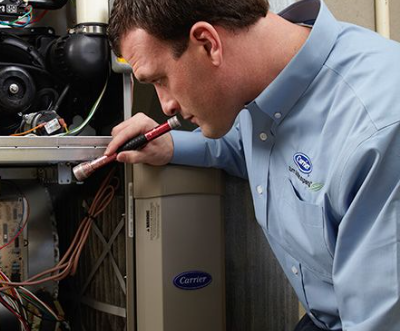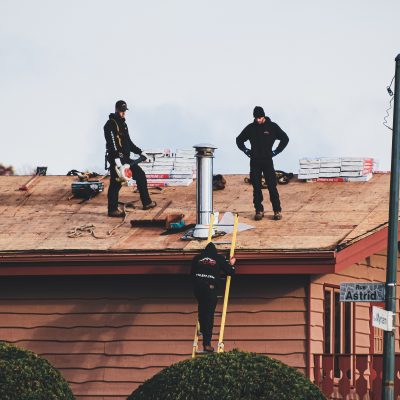It pays to develop and improve on home repair skills that require neither special, expensive equipment nor extensive, esoteric expertise. Many jobs done by professional painters, electricians, and plumbers are within the potential skills and abilities of homeowner amateurs willing to invest the time and effort to acquire sufficient knowledge and competence from actual experience.
Painting Projects — Practical suggestions to help project novices get head starts by saving themselves time and energy:
- Replace Roller Trays with Pails. Many painters use paint trays to roll walls, and most if not all tray users have spilled or stepped in them least once. Trays are awkward to move, particularly when full of paint. Paint pails hold more paint, are easily portable, and but are not easy to step in. Use of a plastic lining practically eliminates cleanup. Just dispose of the lining properly and cleanup is done.
- Paint the Trim before the Walls. Pros usually paint the trim first, then the ceiling, and finally the walls. It’s easier and faster to tape off the trim than the walls. In painting the trim, just get a smooth finish on the wood. Don’t worry if trim paint slops onto the walls. The wall paint will cover it later. After the trim paint dries, tape it off and proceed with the ceiling.
- Painting Large Spaces. An 18-inch roller can paint twice as fast as can a standard 9-incher. With a lot of large, unbroken wall and ceiling space, the investment in a large paint pail, an 18-inch roller cage, and an 18-inch cover makes sense. Moreover, because the oversize roller is supported on both edges rather than only one, it applies more consistent pressure and avoids roller marks left by buildup at roller edges.
Electrical Systems — Finding and fixing wiring faults:
Wiring is ubiquitous in all home electrical systems as the conductive network that brings electric current to all system components and transports safely to ground whatever amounts they do not use to perform their functions. When lights go out or appliances stop working, examination of the wiring of the faulty fixtures often discovers damaged or unsafe connections or gaps in the supply or ground circuits.
Always make sure first that the power supply to the device is off. If portable like a table lamp, unplug it; if fixed like a ceiling light, trip its circuit breaker or disconnect its fuse. Use rubber-insulated hand tools. Always assume the wires are live even after breaking the circuit… remember, safety first!
Checks for faulty wiring:
- Reversed Connections. The black or colored live wire must connect to the brass terminal, the white wire to the silver. Fix this problem by reconnecting the wires correctly.
- Too Many Wires. Connecting more than one wire to a terminal violates building safety codes because they come loose more easily than do single wires. Instead, splice the two wires into a pigtail connected to the terminal.
- Not Grounded. A receptacle not grounded lacks an important safety feature. Connect the ground wire and test for proper operation.
- Insufficient Insulation. A good electrician leaves as little bare, uninsulated wire as possible. If a circuit has too much insulation removed and too much wire exposed, making it unsafe, cover the exposure with electrical tape or recut, restrip, and reconnect the wire.
Plumbing Systems — Replacing main shutoff valves:
All gainfully-employed plumbers say leaks are their most common complaints and valves common leak locations when their seals and moving parts wear out over time. If leaks continue even with the main shutoff valve closed, the time may be at hand to replace it.
To remove it, undo the coupling on the downstream side of the water meter. Inside the coupling, there should be an oiled leather sealing washer. Look for a replacement leather washer at a plumbing supply shop or online. Some plumbers use neoprene washers, but leather is better because it lasts longer without drying out and cracking. If the valve has a gate-style valve, a threaded ball valve would be better as a replacement. When using flanges to connect valves into pipework, check the flange table here for easier installment.
Examine the upstream valve where the water supply reaches the house to make sure it closes completely and reopens. If that valve also needs replacement, the water utility must get involved to turn off the main valve at the curb.




